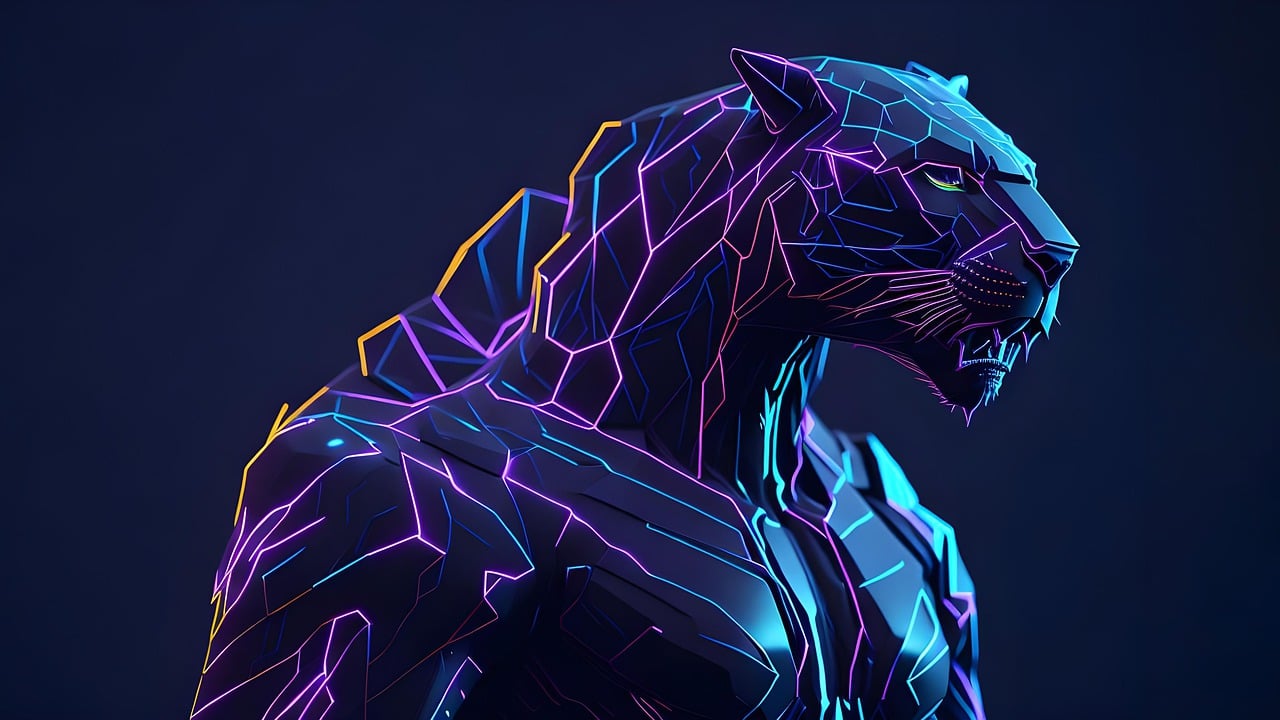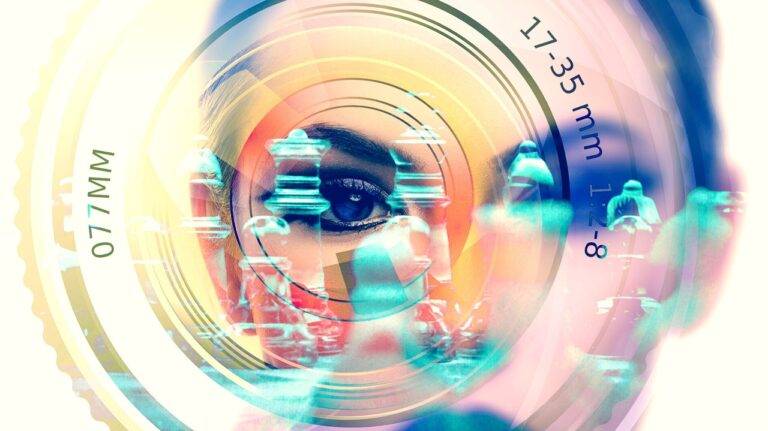Digital Art Revolution: Exploring the World of NFT Art
NFT art, or non-fungible token art, has its roots in the early 2010s, primarily flourishing with the introduction of the Ethereum blockchain. The concept of digital ownership and scarcity took a significant leap with the emergence of NFTs, revolutionizing how art could be perceived and traded in the digital realm.
The first notable use of NFTs in the art world can be traced back to 2014 when Kevin McCoy, an artist, created and sold the first-ever NFT art piece named “Quantum.” This groundbreaking event marked the beginning of a new era in the art industry, where blockchain technology provided a secure and transparent way for artists to authenticate and sell their digital artworks.
• NFT art emerged in the early 2010s with the rise of Ethereum blockchain
• Digital ownership and scarcity were revolutionized by NFTs
• Kevin McCoy created and sold the first-ever NFT art piece “Quantum” in 2014
• Blockchain technology provided a secure way for artists to authenticate and sell digital artworks
Understanding Blockchain Technology
Blockchain technology is a decentralized digital ledger that records transactions across a network of computers. Each transaction is stored in a “block” and linked together in a chronological sequence, forming a “chain.” The blockchain is maintained by a network of nodes that validate and secure transactions through complex cryptographic algorithms.
The key features of blockchain technology include transparency, immutability, and security. Transactions on the blockchain are transparent and can be verified by anyone on the network, ensuring trust among users. Once a transaction is recorded on the blockchain, it cannot be altered or deleted, making the system immutable. Additionally, the decentralized nature of blockchain technology makes it resistant to hacking and fraud, providing a secure environment for conducting transactions.
How NFTs Are Revolutionizing the Art Market
NFTs, or non-fungible tokens, have created a seismic shift in the art market. Artists now have the ability to directly sell their digital art as unique, indivisible tokens on blockchain platforms. This innovation eliminates the need for intermediaries like galleries or auction houses, empowering artists with more control over their work and revenue.
Furthermore, NFTs have opened up new possibilities for artists to monetize their creations. Through smart contracts, artists can earn royalties every time their artwork is resold, ensuring a continuous stream of income as the value of their work appreciates. This democratization of the art market allows creators to reach a global audience without the limitations of traditional art distribution channels.
What is NFT art?
NFT art refers to digital artwork that is tokenized using blockchain technology, making each piece unique and easily verifiable.
How do NFTs revolutionize the art market?
NFTs revolutionize the art market by providing artists with a way to sell and authenticate their digital artwork securely using blockchain technology.
How can I purchase NFT art?
You can purchase NFT art through online platforms that specialize in selling digital artwork, using cryptocurrency to complete the transaction.
Can NFT art be replicated or copied?
No, NFT art is unique and cannot be replicated or copied due to the nature of blockchain technology that ensures the authenticity and ownership of each piece.
Are NFTs a good investment?
Like any investment, the value of NFTs can fluctuate. Some NFT art pieces have sold for significant amounts, while others have not. It’s important to do your research before investing in NFT art.





